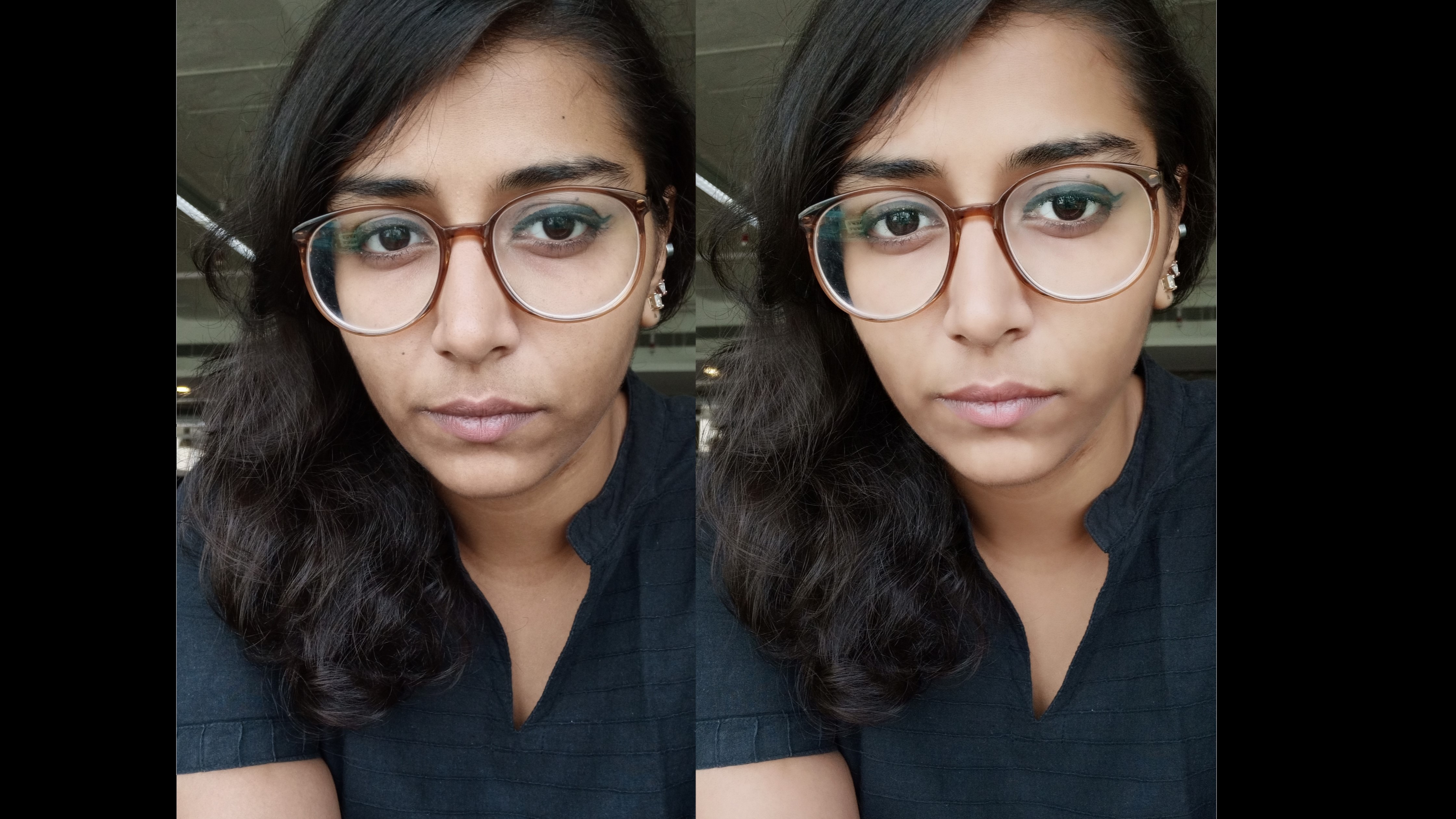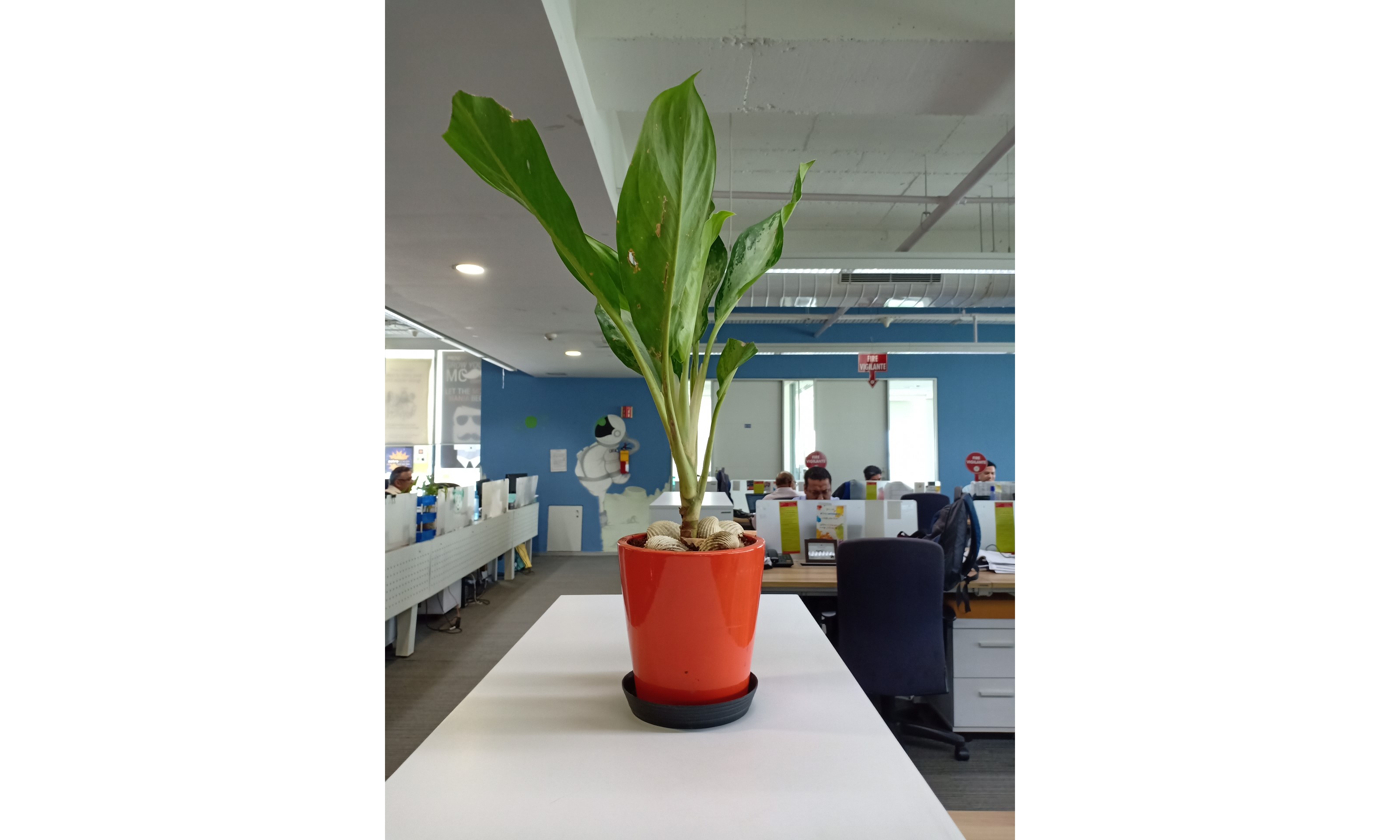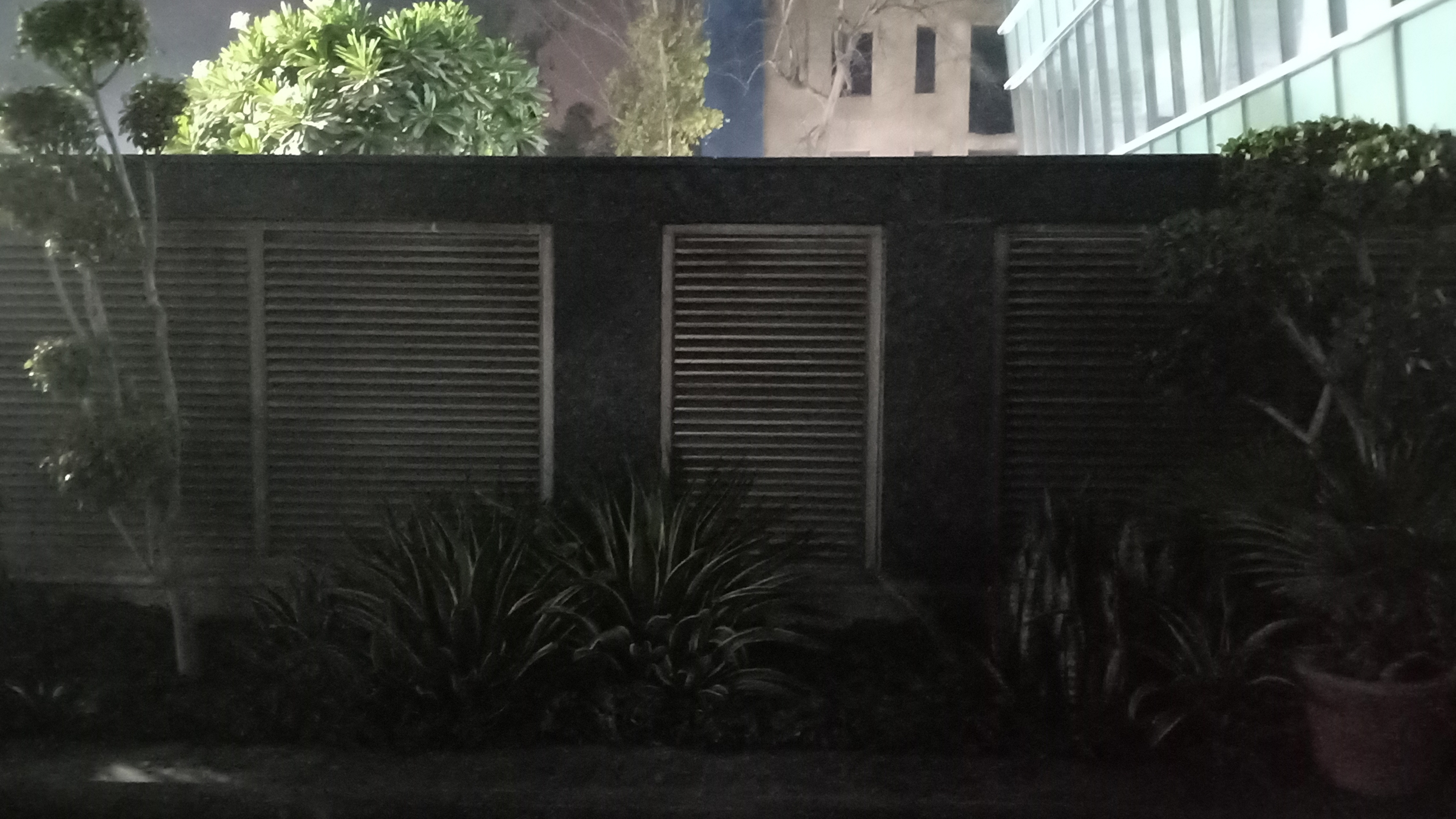Why you can trust TechRadar
Camera
The camera is the only feature in the Oppo F7 that’s worth being excited about. The company has put so much focus on the camera on the phone that it’s the first thing you want to test once the phone is in your hands.
The device boasts of a 25 megapixel (MP) front camera with an aperture of f/2.2 and a 16MP rear camera with an f/1.8 aperture. The front camera being the main highlight, has an AI Beauty feature that lets an algorithm figure out how much beautification is required to make you look better without the picture looking too processed.
In most cases, the results were on-point but occasionally the resulting images looked as though they’d been edited. In those cases, there’s the option of manually selecting the level of beautification you’d like to layer onto the photo. But yes, be wary of the photos being unnatural due to excessive smoothing. If you use the Bokeh effect, it shows you the depth change before you click the final photo. It works well. The photo comes out with clear with bright colors.


The AR stickers are fun to play with as well but I felt as though there was a lack of options, and there ones that were available were very conventional and ordinary.
The rear camera manages natural looking photos in well-lit conditions, but tends to over expose the photos in low light situations. Photos clicked in the dark look as though a flash was used though it was turned off.
For macro shots, the details are super clear and the camera balances exposure well, clearly defining the edges between dark and light areas.
The digital zoom, on the other hand, isn’t too effective since the images lose their clarity. The lack of image stabilisation also makes the images harder to click when you’re on the move and even slight movement is evident in the shots. It only gets more difficult when there’s less light.
Sign up for breaking news, reviews, opinion, top tech deals, and more.










But, you do have the option of using the expert mode which lets you adjust the ISO, shutter speeds and white balance etc. There’s also the option of the turning on ‘Super Vivid’ mode which increases the saturation of colors in a photo. But, when you use it along with HDR turned on, the images come out looking very unnatural and over processed.
Surprisingly, the Oppo F7 doesn’t support 4K video recording, which feels a little lacking for a phone in the 20K segment.
Verdict
The Oppo F7 isn’t too bad a phone but whether or not it’s worth Rs 21,990 is questionable. It has a better camera than its counterparts in the same price range like the Vivo V9 or Moto X4, but the heavy ColorOS and bulky keyboard take away from the user experience.
The plastic body wouldn’t be so bad if it didn’t catch prints so easily. As someone who likes their gadgets to be clean, it was an incredibly frustrating experience.
Oppo does use the notch to its full potential, which is something that can’t be said for the Vivo V9. The option of running apps in 19:9 full screen adds a layer of satisfaction when gaming or casually browsing through YouTube.
The Oppo F7 definitely offers more value for money than the Vivo V9 since it’s better in terms of battery, camera quality, performance and display capabilities. The Moto X4, on the other hand, has an IP67 rating while running Stock Android. Being water and dust resistant without a clunky user interface, might be a better bargain for most people at Rs 22,999.
Prabhjote Gill is the Senior Journalist at Business Insider India. She covering everything space, tech and defence at Business Insider India. She is also in-charge of allocating stories to junior writers.
